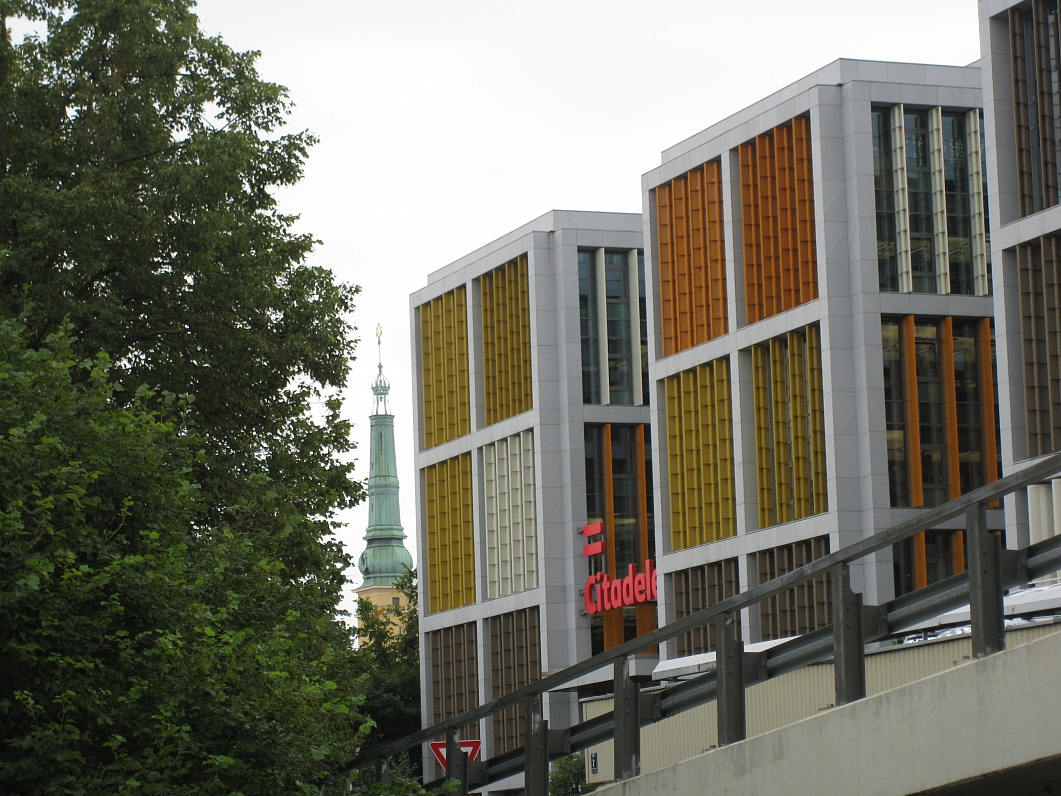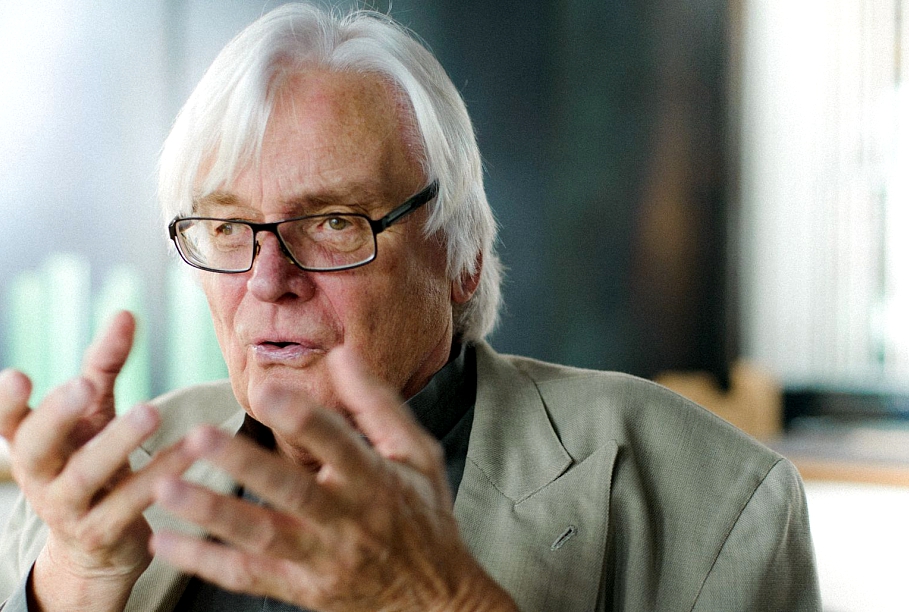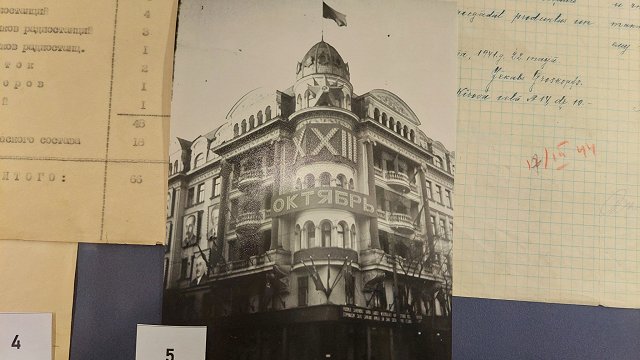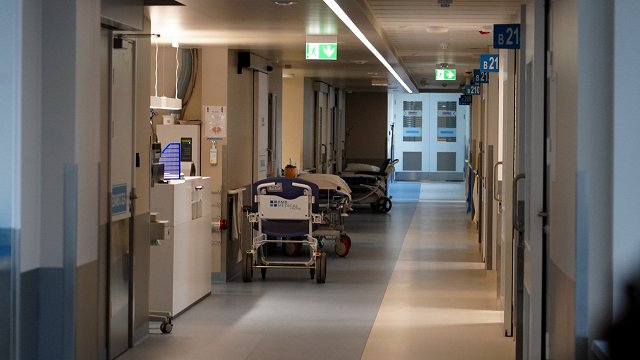Meinhard von Gerkan’s work sets the tone in contemporary architecture. He has carried out sensational large-scale projects all over the world, including the Berlin Central Station and the National Museum of China in Beijing. For the 2010 FIFA World Cup in South Africa, von Gerkan, who resides in Hamburg, designed a whopping ten football stadiums all at once.
There are, however, but a few people who know he has influenced the architecture of Rīga as well. And this is no coincidence, because Meinhard von Gerkan has close ties with the Latvian capital, where he was born in 1935 as the only child of a Baltic German family.
Even now, Gerkan describes his childhood at the metropolis by the Baltic shore as an idyllic one. His happiness was not to last, however. In 1939 his family was relocated, as were many Baltic Germans. After the pact between Stalin and Hitler, the Baltics came into the sphere of Soviet influence and four-year-old von Gerkan and his parents were called “back home to the Reich”. Thus, they were forced to leave Latvia and moved to Poznan.
The years of von Gerkan’s childhood and youth were inflected by the predicament of being a refugee, as well as the loss of his parents and the frequent changes of schools and places of residence. As an orphan, he grew up in a foster family in Hamburg. Together with fellow student Volkwin Marg, he set up the gmp architecture firm in 1965. It has been operating successfully up to the present day.
Even though von Gerkan was forced to leave his native city so early in his life, the globetrotting architect still feels a close affinity to Rīga. He has never hidden his origins and roots. He speaks with a Baltic German accent. During his visits to Rīga, Gerkan would always point out that he was baptised at the city’s St. Peter's Church. When he last visited, in late 2015, he was ceremoniously given a copy of his mothers’ historical passport at the church.
With the help of his friends, von Gerkan even managed to find out the address of his family home. Back then, his family lived at what’s now Eduarda Smiļģa Street, spending summers at a wooden house in the Jūrmala resort town.

His personality and creative output has been strongly influenced by the nature and the sea of the Baltic. This is particularly evident in the cubic villa, titled Guna, which has been integrated into the pine trees of the Jūrmala sea shore in a way that indicates both mastery and consideration towards nature. The Latvia-born architect has worked just as passionately on other projects that have secured his place in local architecture, including luxury apartments, a banker’s family home, as well as the Citadele banka building on the bank of Daugava.
The Latvian firm Vincents is to be thanked for renewing Meinhard von Gerkan’s close ties to Latvia. Its director wanted to collaborate with the famous architect for several projects, being until then unaware of Gerkan’s ties to Latvia.
The German Traces series was first published as part of the Goethe Institut in Rīga project “German Footprints in Latvia” ("Vācu pēdas Latvijā" www.goethe.de/vacu-pedas). The linked mobile application "German Footprints in Latvia" can be downloaded at www.ej.uz/vp-iOS and www.ej.uz/vp-Android.






























